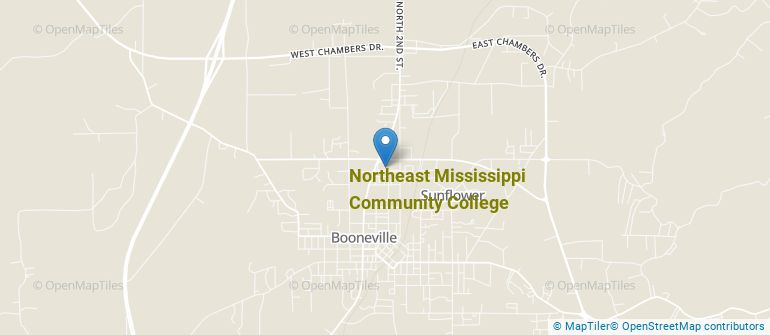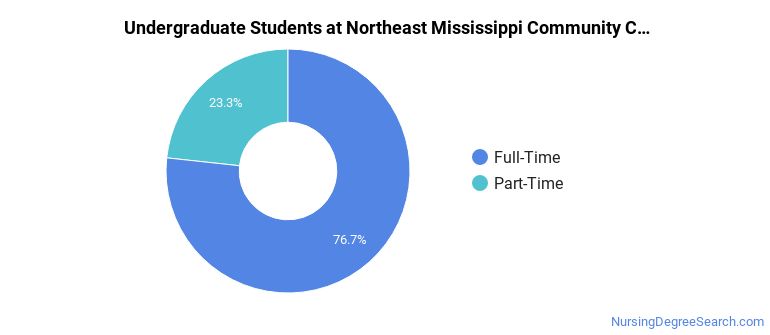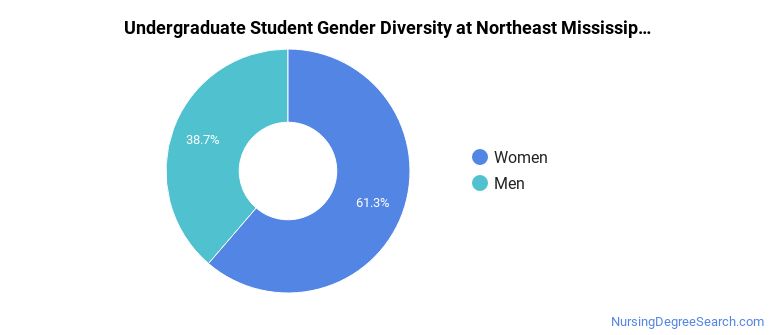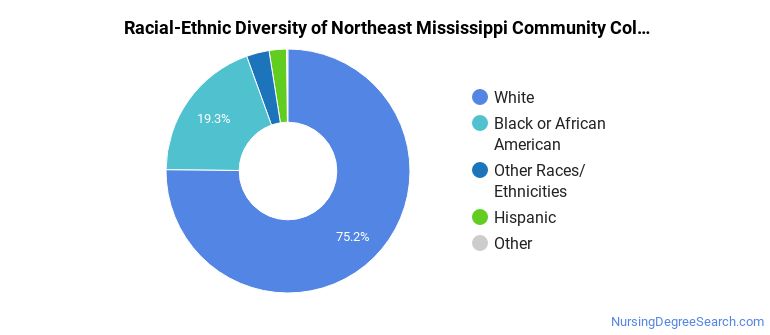Northeast Mississippi Community College Nursing Programs
Northeast Mississippi Community College is a public institution located in Booneville, Mississippi. Booneville is a good match for students who enjoy small-town life.
Where Is Northeast Mississippi Community College?

Contact details for Northeast Mississippi Community College are given below.
| Contact Details | |
|---|---|
| Address: | 101 Cunningham Blvd, Booneville, MS 38829 |
| Phone: | 662-728-7751 |
| Website: | www.nemcc.edu |
How Do I Get Into Northeast Mississippi Community College?
You can apply to Northeast Mississippi Community College online at: https://ssb-prod.ec.nemcc.edu/PROD/bwskalog.P_disploginnon
Can I Afford Northeast Mississippi Community College?
Student Loan Debt
It's not uncommon for college students to take out loans to pay for school. In fact, almost 66% of students nationwide depend at least partially on loans. At Northeast Mississippi Community College, approximately 16% of students took out student loans averaging $5,283 a year. That adds up to $21,132 over four years for those students.
Northeast Mississippi Community College Undergraduate Student Diversity

Gender Diversity
Of the 2,488 full-time undergraduates at Northeast Mississippi Community College, 39% are male and 61% are female.

Racial-Ethnic Diversity
The racial-ethnic breakdown of Northeast Mississippi Community College students is as follows.

| Race/Ethnicity | Number of Grads |
|---|---|
| Asian | 5 |
| Black or African American | 481 |
| Hispanic or Latino | 57 |
| White | 1,870 |
| International Students | 0 |
| Other Races/Ethnicities | 75 |
Northeast Mississippi Community College Nursing Concentrations
The table below shows the number of awards for each concentration.
| Major | Associate’s | Undergraduate Certificate | TOTAL |
|---|---|---|---|
| Registered Nursing | 60 | 0 | 60 |
| Licensed Practical/Vocational Nurse Training | 0 | 35 | 35 |
| TOTAL | 60 | 35 | 95 |
References
*The racial-ethnic minorities count is calculated by taking the total number of students and subtracting white students, international students, and students whose race/ethnicity was unknown. This number is then divided by the total number of students at the school to obtain the racial-ethnic minorities percentage.
More about our data sources and methodologies.
